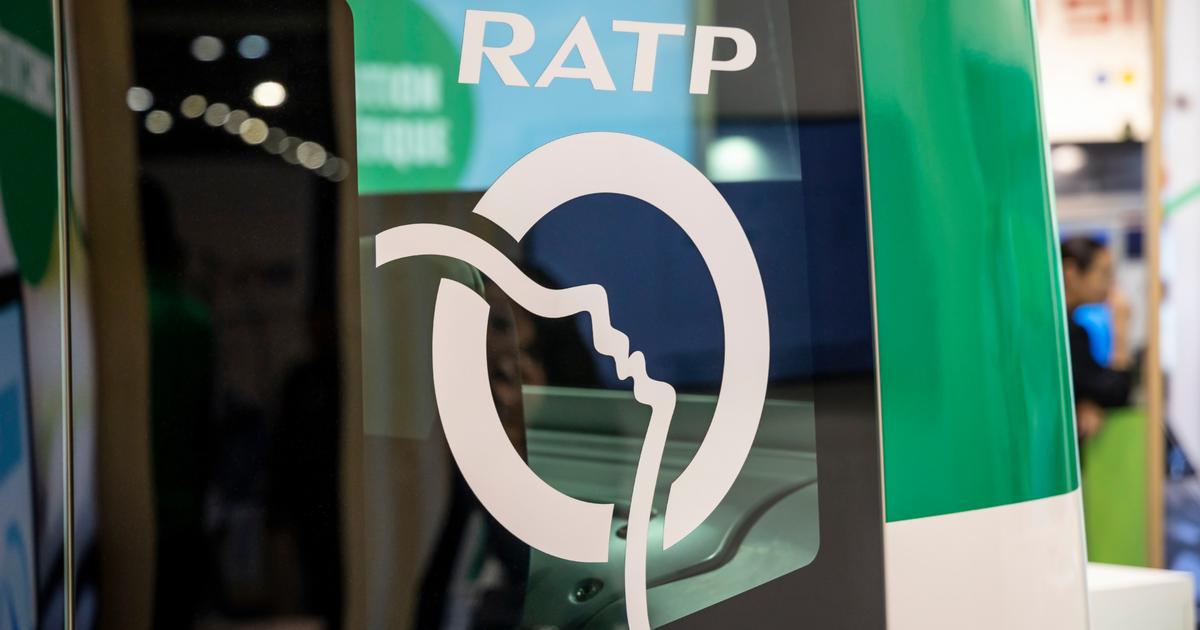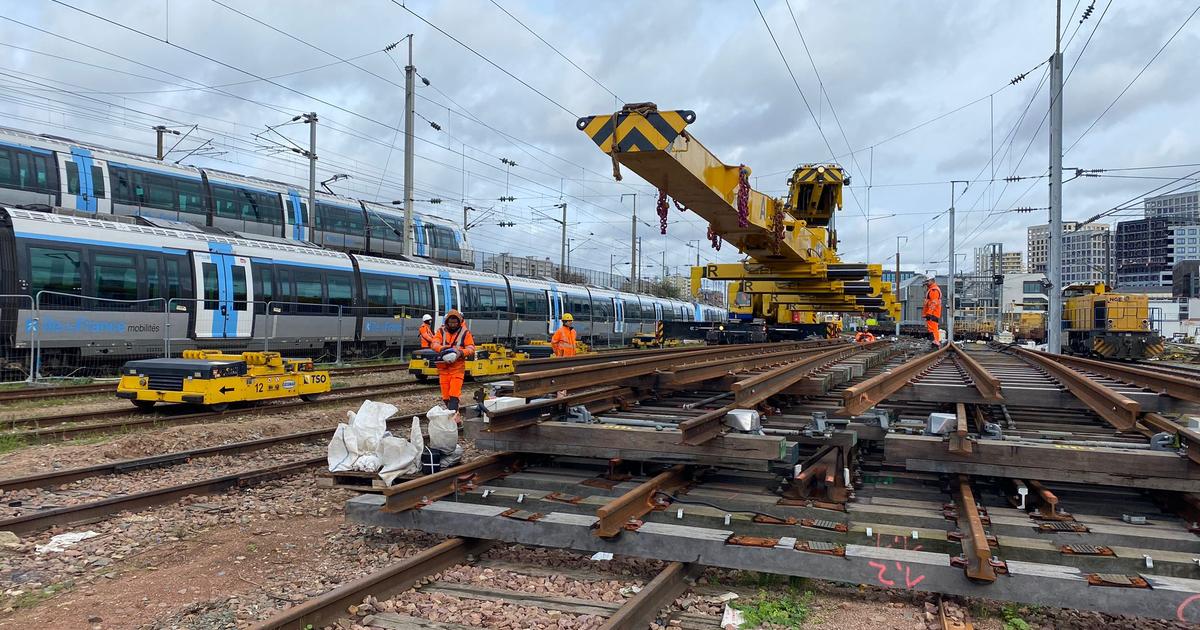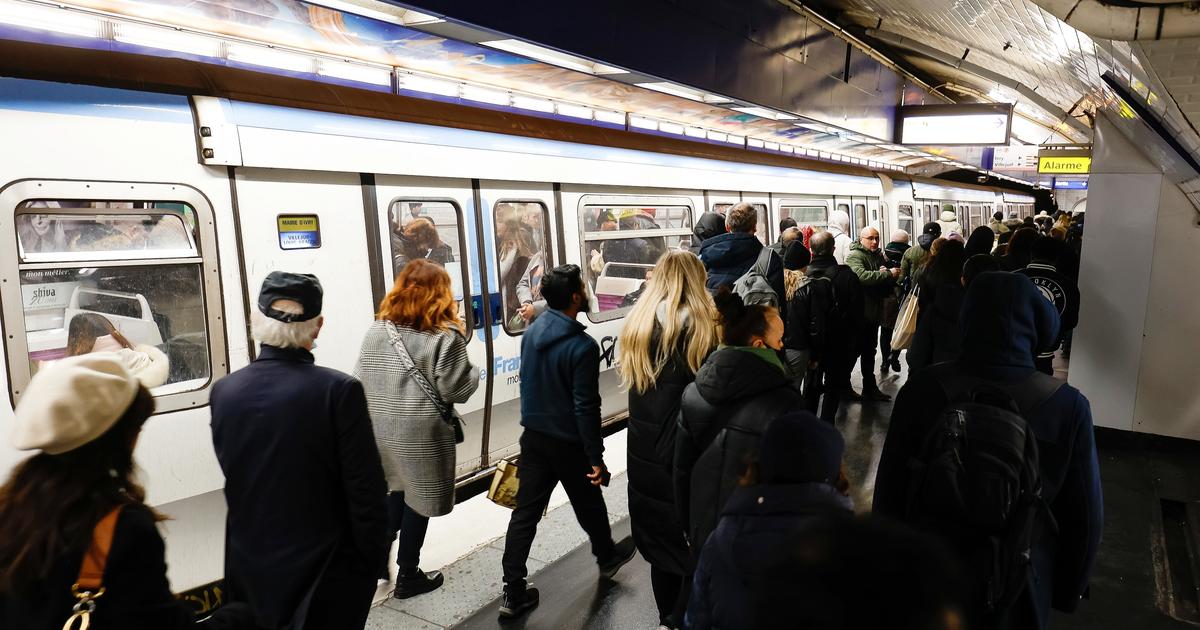Phone in hand, even in the street, today it seems perfectly normal to look at the photos of your vacation or birthday. Photos that are not saved on your smartphone but on an external server via the Internet. It is the magic of the “Cloud”.
Nothing magic, however. To access these photos so easily and quickly, your data is stored in huge bunkers filled to the brim with rows of computers on several floors and hundreds of meters long. These are data centers ( data centers ) , a secret world that the general public often ignores. These buildings house your personal files and corporate servers.
Seine-Saint-Denis has the most data centers
The Paris Region Institute published a study last December under the signature of Cécile Diguet, urban planner, to indicate that “Ile-de-France now has a third of French data centers. In 2019, there were 123. They are mostly found in the sectors of Saint-Denis, Aubervilliers, La Courneuve (Seine-Saint-Denis). This sector north of Paris has the highest concentration of this equipment in Europe: around twenty, large, for a total of around 100,000 m2 ”.
But the needs are increasing and you have to think bigger and bigger. The French company Interxion, giant of the sector which manages 56 equipments in Europe and which installed its first data center in Aubervilliers in 1999, thus carries out a project which will exceed all that exists. On the former Eurocopter site in La Courneuve, Paris 8 will rise by 2021, "the largest campus in France" according to its president Fabrice Coquio.
The company bought, via its real estate partner, the 7 hectares of the former helicopter manufacturer to build a building the size of the Stade de France along the A86. An investment approaching one billion euros!
"Without a data center, no YouTube, Facebook or Blablacar," recalls Fabrice Coquio, who insists on the "integration" of this real building in the urban environment. “For example, there will be a 7,500 m2 public park, as well as housing and office space and a second chance school in the digital professions. "
The location was not chosen at random: "no data hub without connection to the Telecom network, concentrated in large urban and industrial centers like the north of Paris, to be immediately operational", explains the president.
Seine-Saint-Denis Newsletter
Every morning, the news of your department seen by Le ParisienI'm registering
Your email address is collected by Le Parisien to allow you to receive our news and commercial offers. Find out more
But above all, you need almost unlimited access to electricity. No question that a computer undergoes the slightest blackout that would pester the consumer. Imagine that at the height of the transport strike your smartphone is rowing to find the traffic forecasts at SNCF ...
This very energy-consuming activity worries
Nothing to do with your household electric meter which delivers at best a few kilowatts (KW) even for a large house. For a data center, we count in megawatts (MW), a thousand times more! For the last entry into operation at Interxion, rue Rateau, still in La Courneuve, it is twice 32 MW. And for Paris 8, we are talking about 130 MW, that is to say as much as the power needed to connect 60,000 homes!
Cécile Diguet, the author of the report from the Institut Paris region, wonders about "the sustainability of the local electrical system" with the establishment of these behemoths. Especially since everyone is getting started and wants their share of the electric cake. Thus, Greater Paris also provides for “small and medium” data centers located in stations or along the route of its supermeter.
The activity of computers in batteries is indeed not neutral. The energy needs to operate them, and above all ensure their cooling via air conditioning, are far from negligible. According to Business France, data center consumption should represent 20% of the world's electricity by 2025. Data centers can consume as much as a large city.
"We are drying up the electrical capacity of the sector"
According to a document from the Local Energy Agency of the Plaine Commune, which dates from 2013, only 30% of the electricity consumed by a data center is used by computer systems. The rest is consumed by cooling equipment, then backup (batteries), security, lighting, etc.
For Paris 8, the Interxion company drew the last MW available on the sector. "We took 50 MW at the source station of Enedis (EDF) that is what was left," confirms the owner. But it was still too little. So Interxion did not hesitate to build its own 80 MW power substation in collaboration with RTE, which manages the high voltage network in France. A framework ensures: "the electrical capacity of the sector is dried up".
"These data centers require increasingly high connection powers," confirms Patrick Douay, engineer at Enedis, electricity supplier. But we are making colossal investments to allow these connections in the time requested by customers ”
"It is an element of attractiveness for the territories"
Do not panic, electricity will not fail in the years to come, but everyone agrees that a break is needed in the north of Paris. "Patrick Braouzec (president of Plaine Commune) told me that Paris 8 would certainly be the last data center in the sector," says Fabrice Coquio.
When contacted, the Plaine Commune agglomeration noted that "these centers have become an element of attractiveness for the regions". But immediately adds: “At the same time, this equipment is synonymous with high energy consumption and nuisance for the neighborhood. We do not prohibit ourselves from studying new projects. But this must be done with the imperatives that are the urban integration of this equipment, the recovery of the heat emitted by the data centers and its reinjection into the heating network, the deployment of areas dedicated to urban agriculture, the use to inhabitants of the territory for the occupation of certain jobs. "
Electric consumption is not the only drawback of these computer storage giants. They also take up a lot of space in a highly urbanized sector where the smallest parcel of land is negotiated at high prices. The constraints imposed by local authorities not to build in height (no more than 23 meters high in Plaine Commune) oblige these companies to spread out in length.
Voices rise against noise pollution
They also have to store substantial quantities of fuel to power huge generators that would provide energy in the event of a power outage. To give an order of magnitude, Paris 7, the data center of Interxion rue Rateau, has a reserve of 568,000 liters of fuel oil to feed 12 generators.
The noise generated by all this equipment can also be a source of nuisance. Residents of Rateau Street had also circulated a petition, which even went so far as to cancel the authorization to operate the data center in October 2015 and required adjustments before the opening.
The rules concerning installations classified for environmental protection such as data centers have hardened in recent years. “For my first building, in the 2000s, we could install generators outside, on the roof of the building, recalls the president of Interxion. Today, they are buried and make no more noise outside than a dishwasher. "
What to do with the heat given off by these giant factories?
While operating, the computers give off intense heat which is discharged outside these real factories via chimneys at around 28 degrees. How to recycle this energy? Connection to a heating network is technically possible.
One of the first large-scale projects in France was that of Val-d'Europe in Bailly-Romainvilliers (Seine-et-Marne), near Disneyland Paris. The heat from the cooling of an 8,000 m2 data center located a few hundred meters from an energy plant and a heat network operated by Dalkia is recovered by two exchangers. These exchangers supply water at 48 ° C injected into the network.
This datacenter thus heats an aquatic center and the buildings of a business park. This recovery is profitable thanks to the adequacy between the heat recoverable in the data center and the thermal demand of the ZAC. Such devices are supported by the State through Ademe.
Will the giant Paris 8 at La Courneuve also serve as an XXL boiler for the neighborhood? Smirec (joint union of heat energy networks) which provides heat for 54,000 homes in Seine-Saint-Denis and in particular in La Courneuve, would have expressed interest, in particular in the context of the installation of new equipment Olympic Games. "We are even ready to give our heat for free," says Fabrice Coquio.









